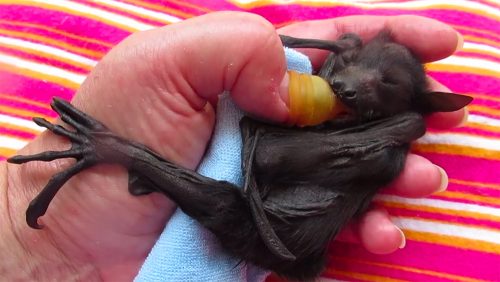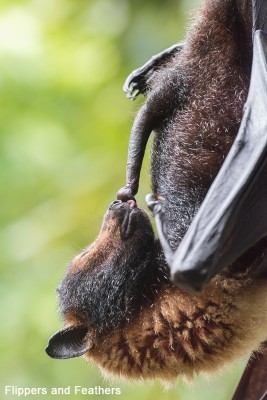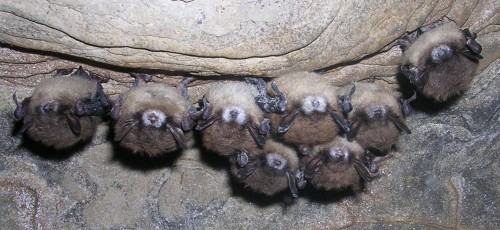Just as most people are aware of the damage feral cats wreak on the environment but are silent about the damage feral dogs do, people are far quicker to view the friendly neighbourhood kittycat as the harbinger of death than they are slobbery Fido. But while outdoor pet cats tend to stick to their immediate vicinity, domestic dogs are being actively brought into parks and nature reserves and oftentimes let off-leash…whether permitted or not.

You might not like it, but the rules are there for a reason.
As much fun as your dog may be having, signs stating they’re not allowed to be off-leash (and possibly not in the park at all) are there for a reason. Although it may seem as though the dog is “just playing”, dogs are still predators, and wildlife perceives them as such. Many breeds were, after all, created for the purpose of assisting with hunting. They are doing far more damage than their owners often acknowledge, from disrupting ground-nesting birds, or killing juvenile birds and animals who lack the skills necessary to escape, to chasing animals away from their food sources.
Dog attacks are responsible for a significant number of animals being sent to wildlife rescue centres – one Australian study showed that although cars were overwhelmingly #1, dogs – not cats – were #2. Black Flying Fox Master Jaffar, below, is one such victim: his mother died after an off-leash dog killed her, and he sustained several bites to his head and required a tear along his cheek to be sewn up. Still think your dog is “just playing”?

Master Jaffar after entering human care. Image credit: Batzilla the Bat

Note the injury on Master Jaffar’s head, along with the stitching across his cheek. Image credit: Batzilla the Bat
Even if the dogs aren’t running amok, their presence is enough to cause damage, which is the reason they are banned in some areas. The following study states that:
“The presence of dogs causes most wildlife to move away from an area, which temporarily or permanently reduces the amount of functionally available habitat to wildlife. The research is clear that people with dogs disturb wildlife more than humans alone,” and that “two hikers disturbed an area of 3.7 hectares walking near wild sheep, whereas two hikers with dogs disturbed 7.5 hectares around the sheep. In Chicago, migratory songbirds were less abundant in yards with dogs. Dog walking in Australian woodlands led to a 35% reduction in bird diversity and a 41% reduction in the overall number of birds. The same study showed some disturbance of birds by humans, but typically less than half that induced by dogs.”
Further, “chronic stress such as repeated disturbances over time may reduce wildlife health, reproduction, growth, impair the immune system and increase vulnerability to parasites and diseases. Dogs cause wildlife to be more alert, which reduces feeding, sleeping, grooming and breeding activities and wastes vital energy stores that may mean life or death when resources are low, such as during winter or reproduction.
It is often said that you can’t claim to love birds if you allow your cat to go outdoors. It could thus be argued that you can’t claim to love nature if you allow your dog off-leash or bring your dog into areas you aren’t allowed to. For the sake of the other species we share this world with, if you must let your dog off-leash, stick to dedicated dog parks and please obey the rules elsewhere.
And to the responsible dog owners who do obey the rules: thank you.

Further reading: You’re Worried About The Wrong Animal Attack
Donate to Batzilla the Bat and help fund the rescue and rehabilitation of more animal like Master Jaffa via Paypal (batzillathebat@gmail.com)








